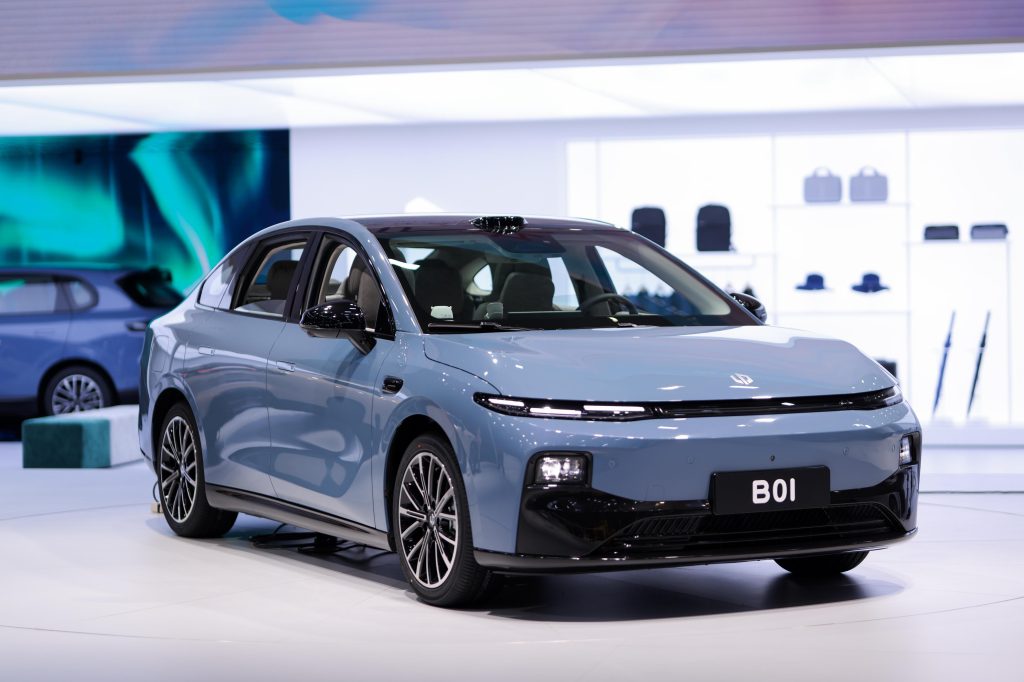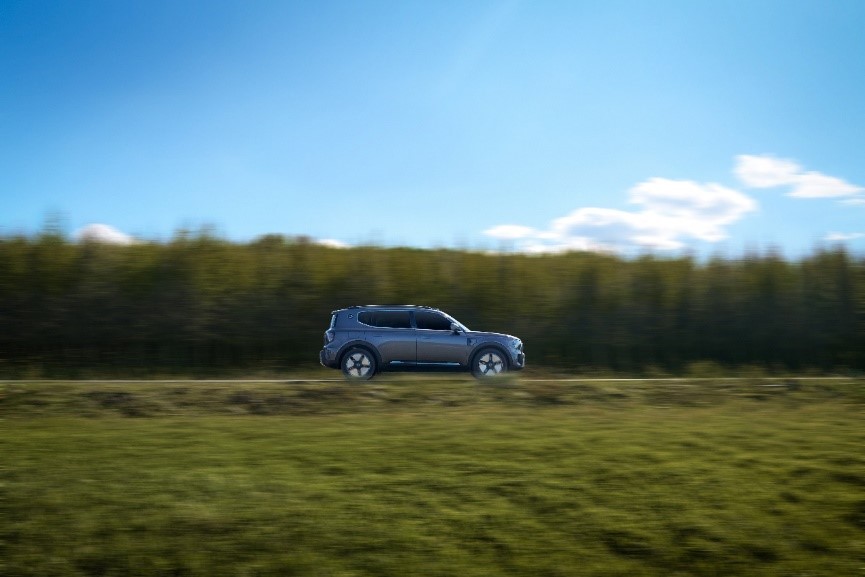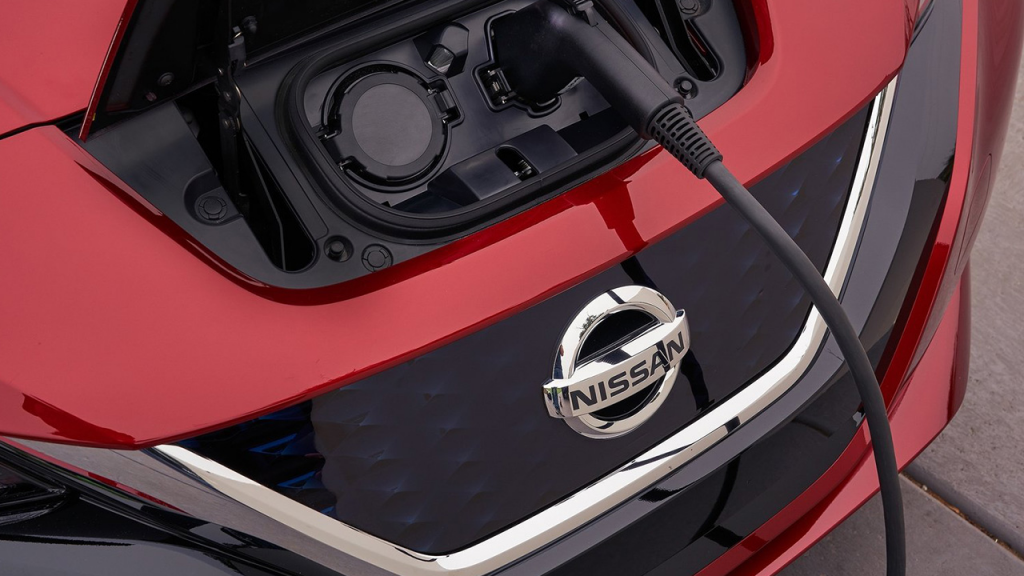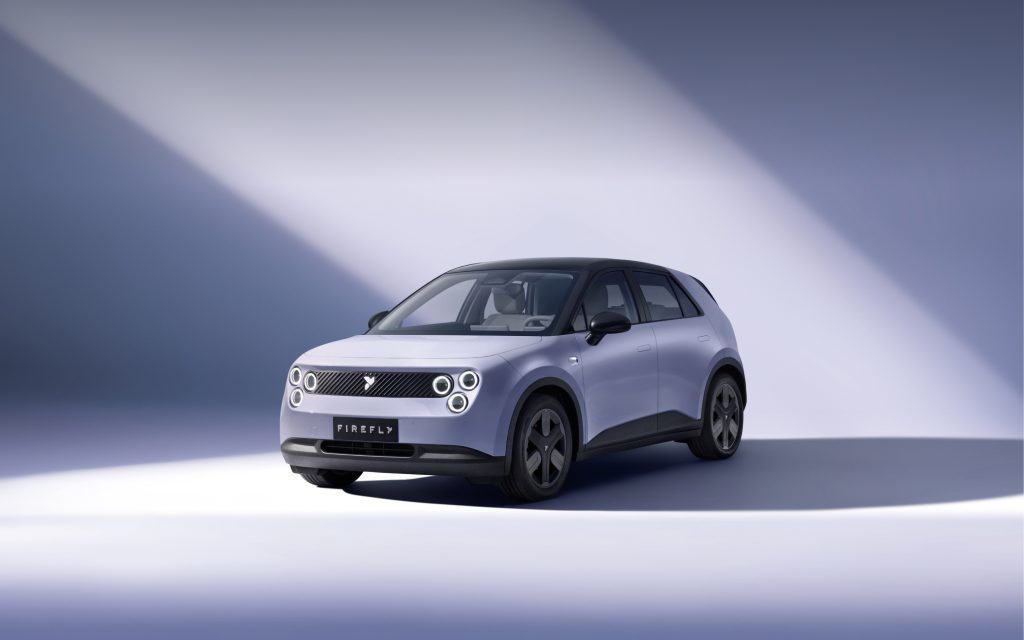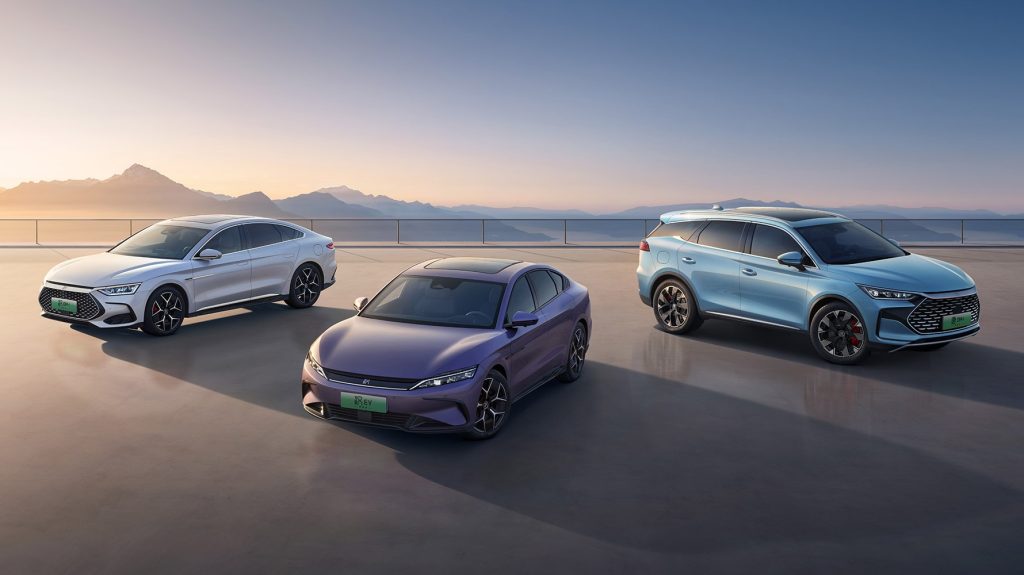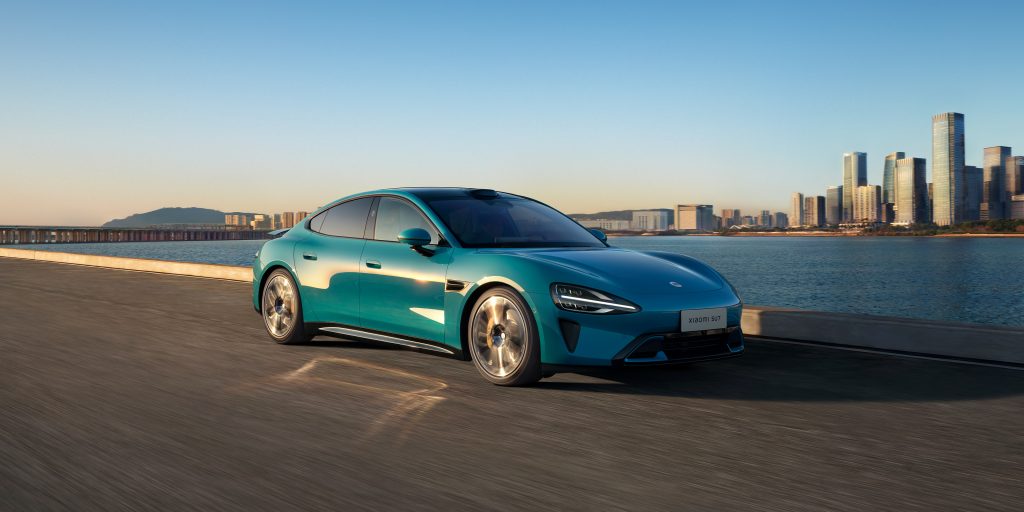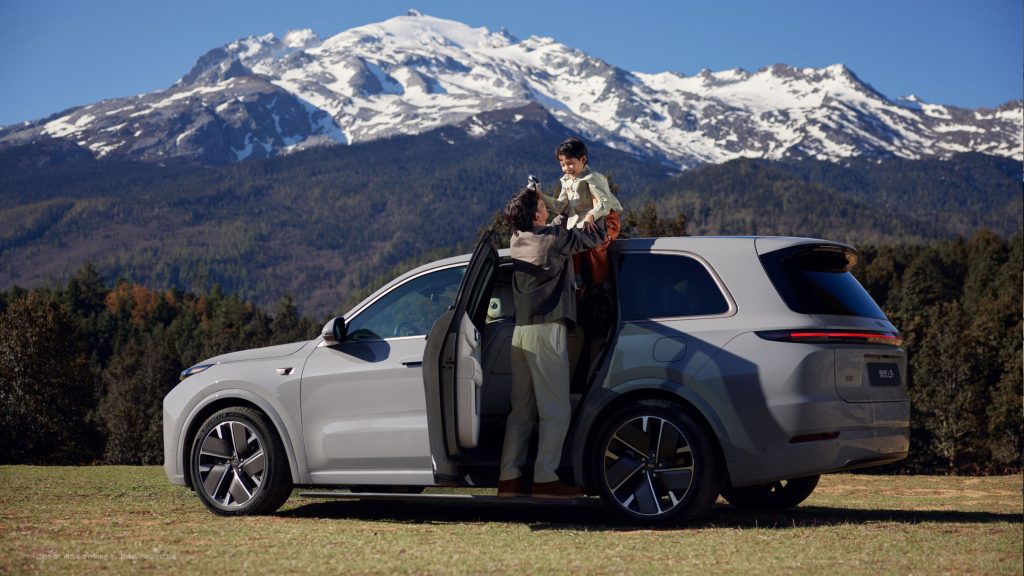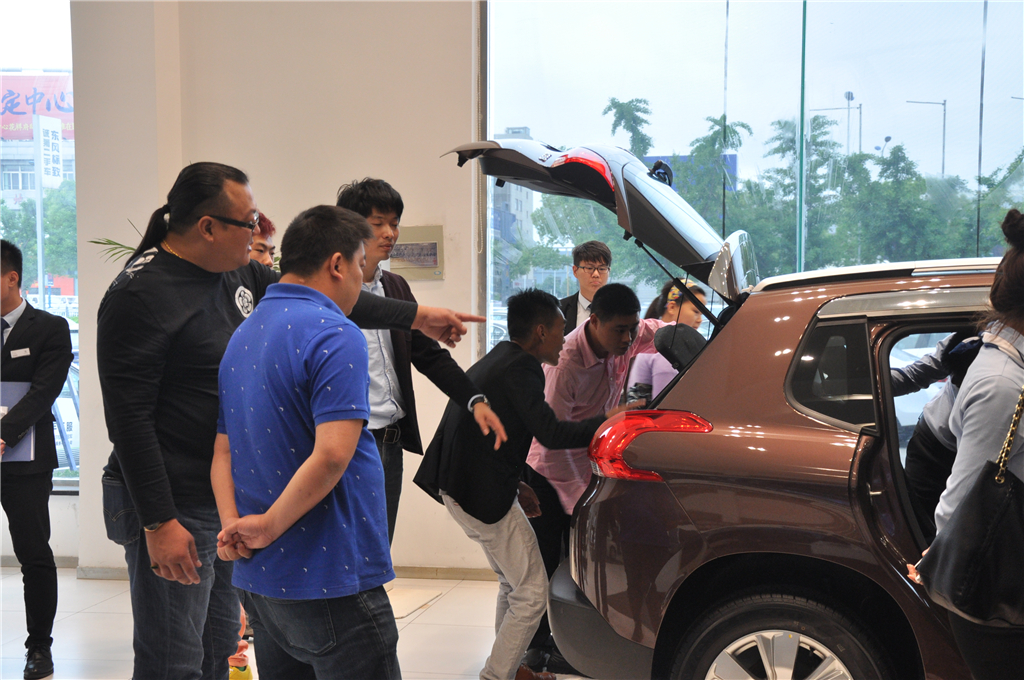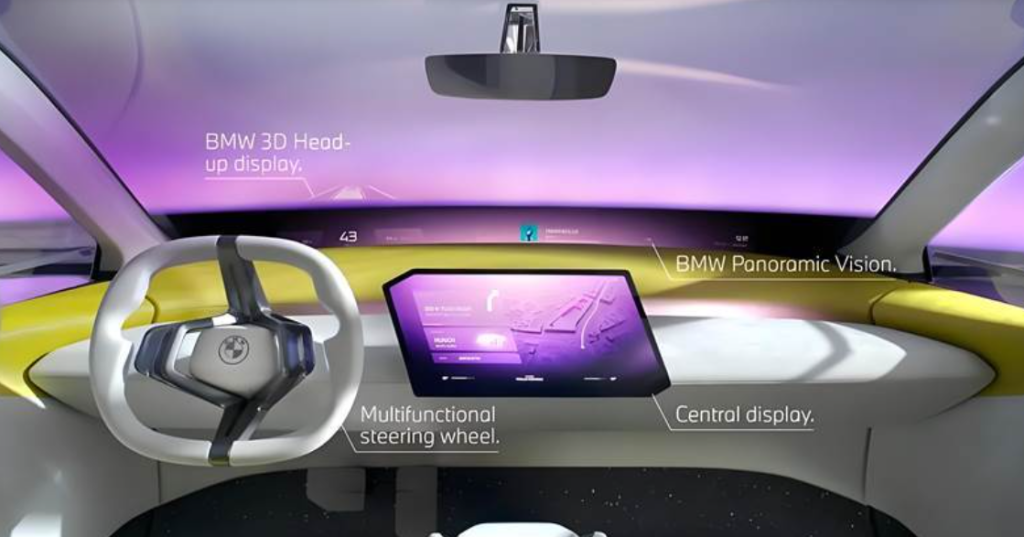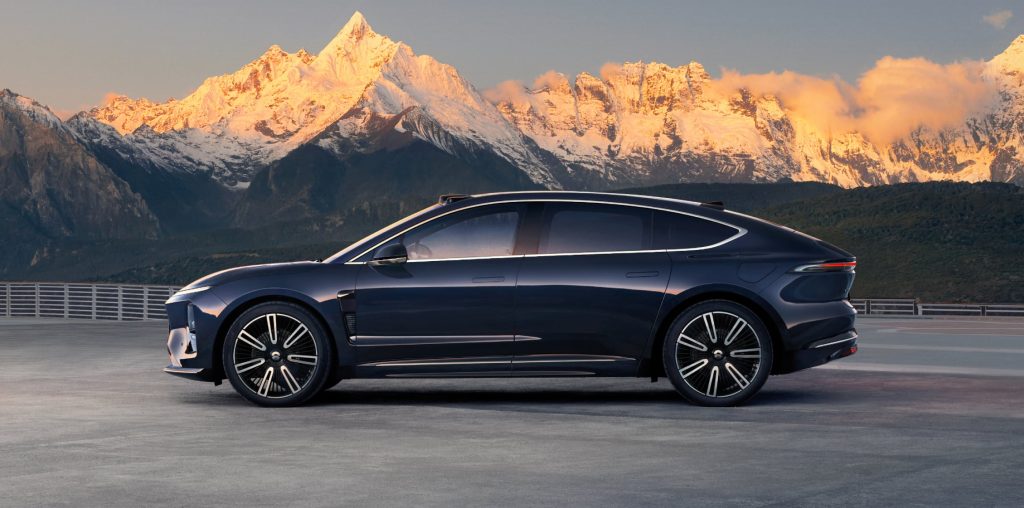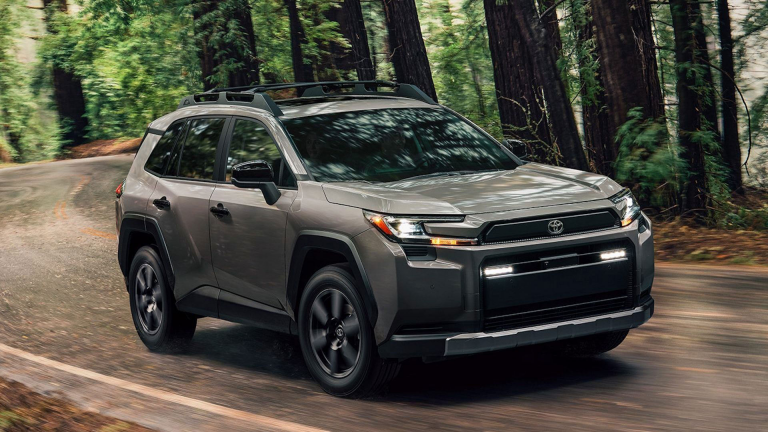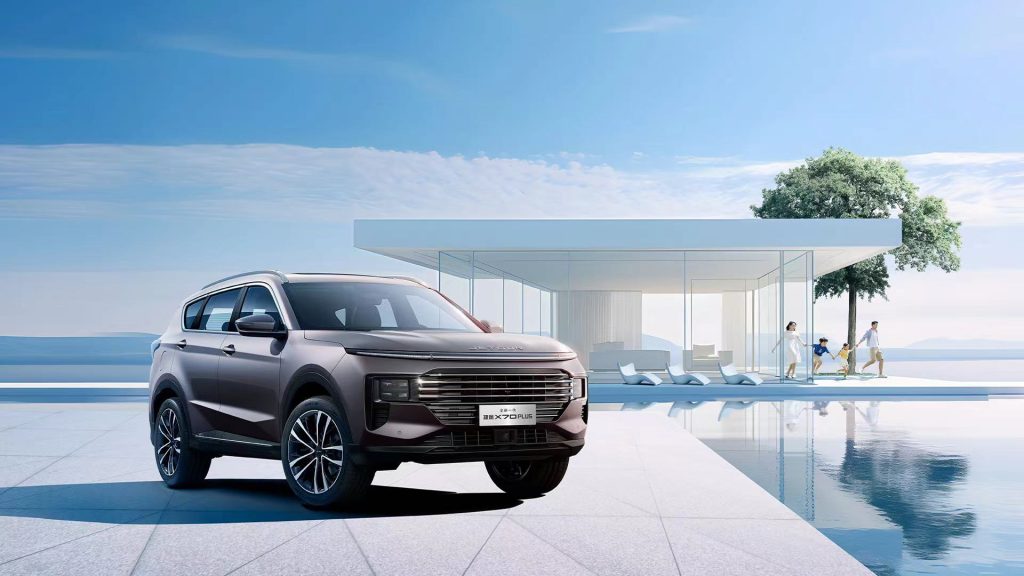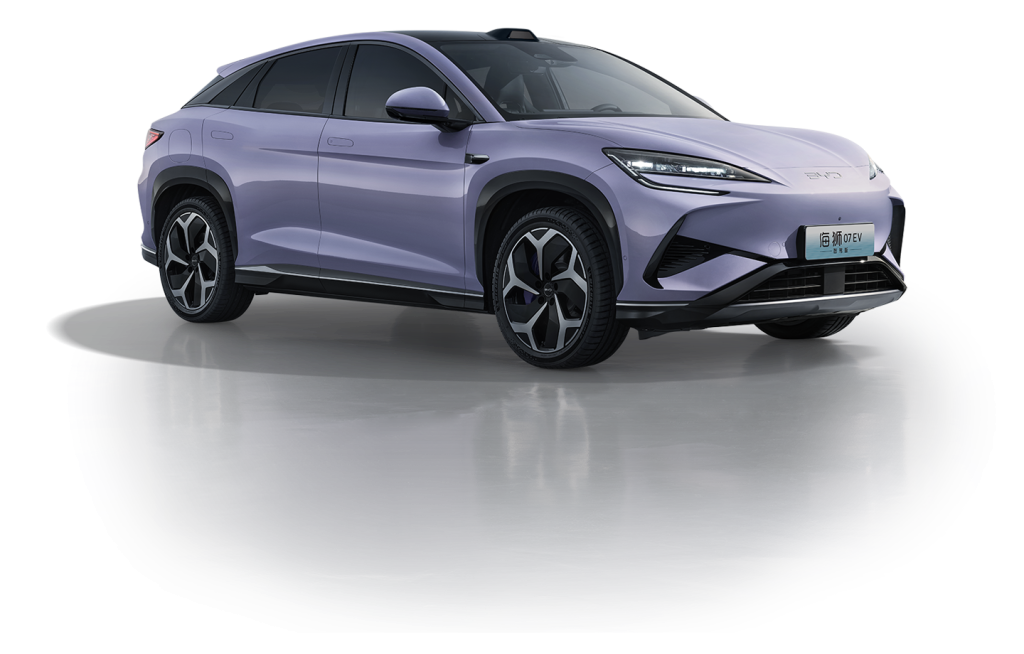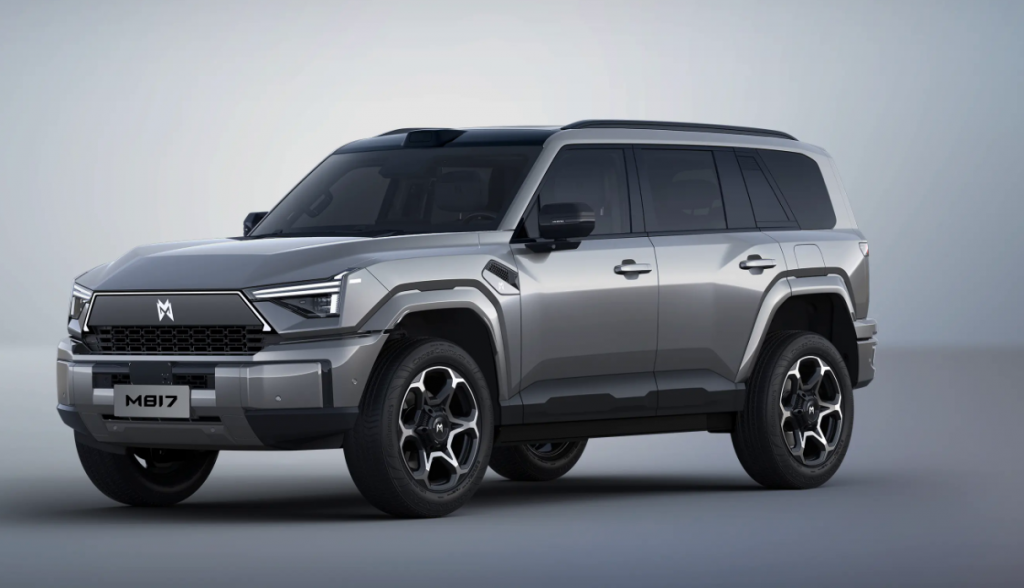The automotive industry continues to debate the real-world efficacy of range-extended electric vehicles (REEVs), often dismissing them as transitional products. However, our in-depth interviews with Beijing-based Li Auto ONE owners reveal compelling usage patterns that challenge this narrative. Those users maintains an electric-dominated commute while strategically employing the combustion engine for limited long-distance scenarios—a hybrid approach that deserves closer examination.
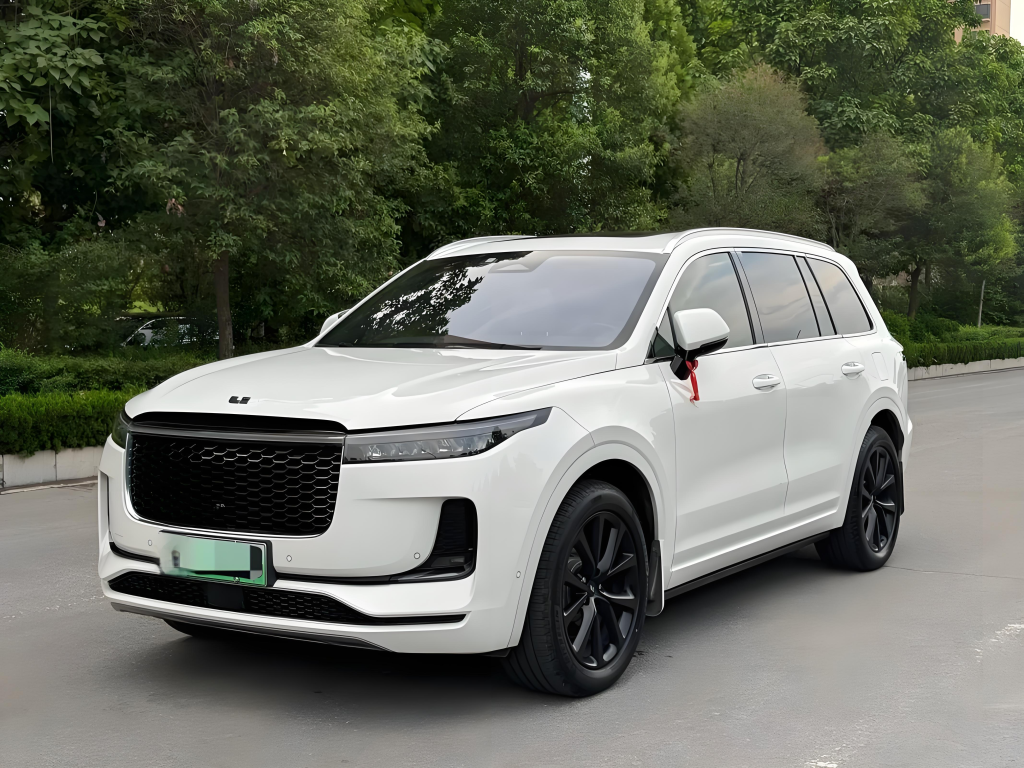
User Profile: The Calculated Transition
Mr. Liu, a small business owner and former luxury sedan driver, represents a growing segment of pragmatic adopters shifting to REEVs. His decision-making process highlights three crucial factors:
- Technology as a Daily Utility
The vehicle’s quad-zone voice recognition proved notably more responsive than competitors’ systems during test drives. “It’s not about gimmicks—I need controls that work when navigating Beijing’s Fourth Ring Road,” he noted. The seamless integration between mobile devices and the infotainment system also reduced transitional friction from his previous Audi. - Space Reconfigured for Urban Families
Unlike traditional SUVs with bench seating, the independent second-row seats addressed a specific pain point: “With two children under six, physical separation prevents 80% of backseat conflicts during 30+ minute drives.” The front passenger screen’s child-lock functionality emerged as an unexpected but frequently used feature. - Economic Realities of Urban Charging
Without access to home charging, Mr. Liu’s charging pattern developed organically around commercial hubs. “I shop at SKP twice weekly—plugging in there adds zero incremental time to my routine,” he explained. This reflects a broader behavioral shift where charging complements rather than dictates schedules.
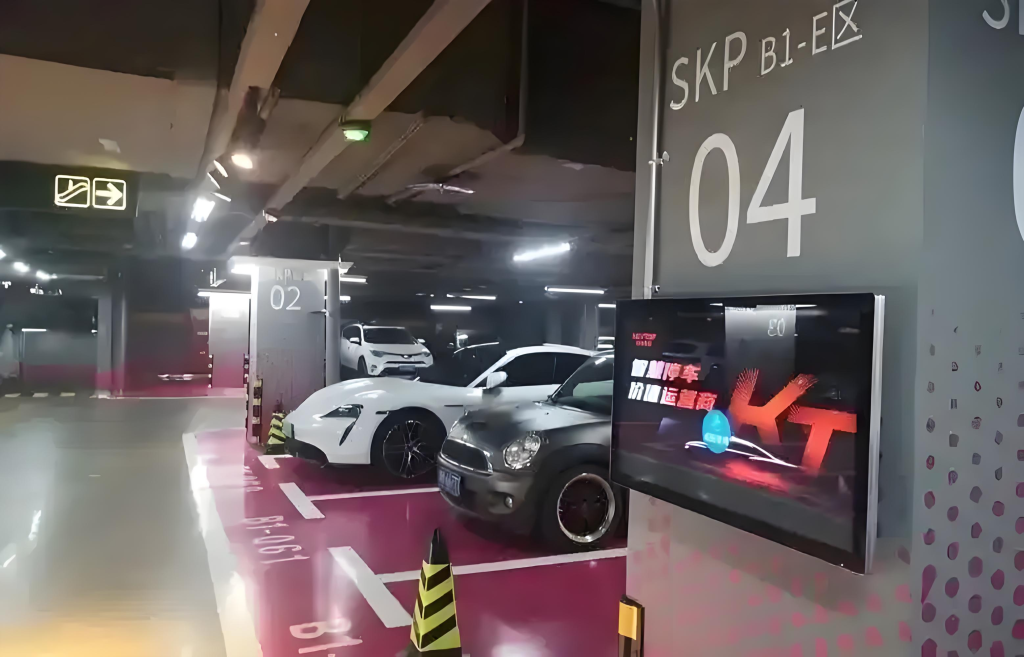
Challenging the “Halfway Technology” Stigma
The interview revealed several counterpoints to common REEV critiques:
- Battery-Dominant Usage: Despite having a combustion engine, electric propulsion accounted for nearly all local trips under 150km.
- Adaptive Charging Behavior: Unlike pure EV owners who structure routes around charging stations, Mr. Liu’s flexible approach—charging when convenient rather than necessary—suggests REEVs may reduce peak demand on urban grids.
- Psychological Shift: The safety net of a range extender appears to encourage rather than discourage electric usage, contradicting assumptions about driver complacency.
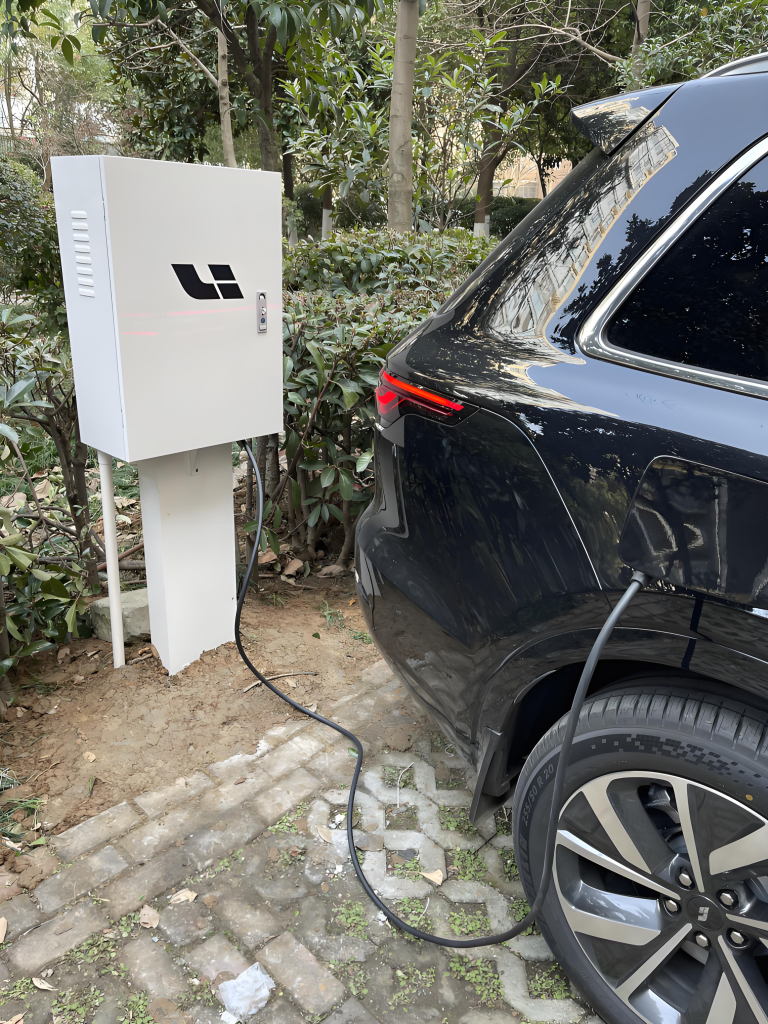
Legacy Automakers’ Strategic Oversights
The comparison with traditional OEM offerings like Volkswagen’s ID series unearthed critical market gaps:
- Overestimating Brand Loyalty
Mr. Liu’s prior ownership of multiple VW-group vehicles didn’t prevent switching: “My neighbors recognize the Li Auto as a tech-forward choice—that social signaling matters in our community.” - Undervaluing Touchpoint Experiences
Li Auto’s showroom staff demonstrated all smart features during the first visit, while the ID.6 presentation focused disproportionately on driving dynamics—a mismatch with his priorities. - Content Ecosystem Blindspots
The buyer’s journey included multiple exposures to Li Auto through automotive influencers before dealership contact occurred—a funnel traditional OEMs often neglect.
The Infrastructure Advantage
This case suggests REEVs may offer underappreciated infrastructure benefits:
- They require fewer high-power charging points than battery-electrics while still displacing substantial gasoline consumption
- Urban users naturally gravitate toward charging during existing downtime (shopping, meals) rather than requiring dedicated charging stops
- The technology accommodates China’s current mixed-use property landscape where home charging remains impractical for many
Conclusion: Reframing the Transition Narrative
Rather than viewing REEVs as compromised EVs or enhanced hybrids, Mr. Liu’s usage pattern presents them as context-optimized solutions. In cities where charging access remains uneven but tech adoption thrives, they satisfy both practical mobility needs and aspirational purchasing motivations.
References
All data and observations from face-to-face interview with Li Auto ONE owners (Beijing, August 2024)

